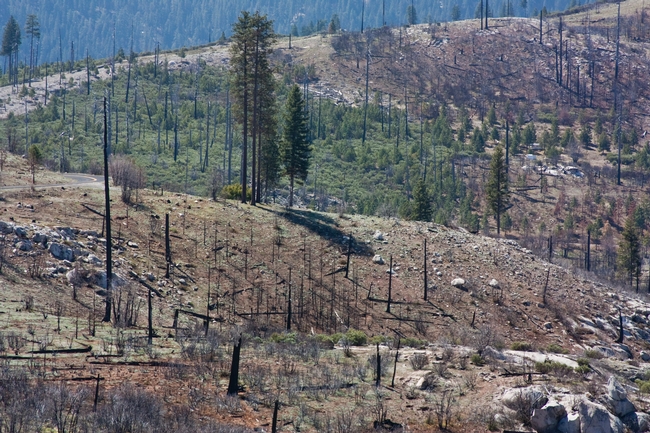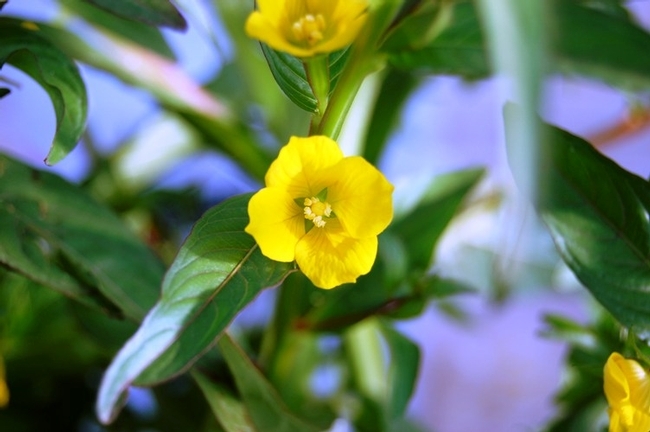From the UC Blogosphere...
Skipping Along
In the big, beautiful butterfly world, the Fiery Skipper stands out as the most common urban butterfly in California.It may...
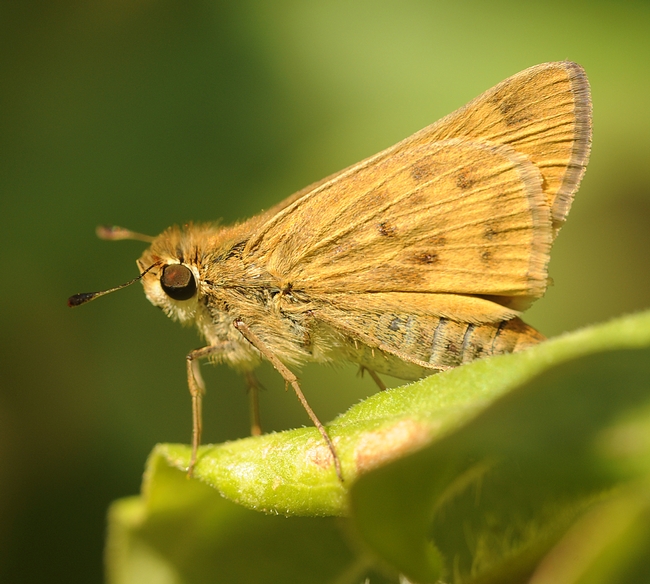
Close-up of Fiery Skipper (Hylephila phyleus). (Photo by Kathy Keatley Garvey)
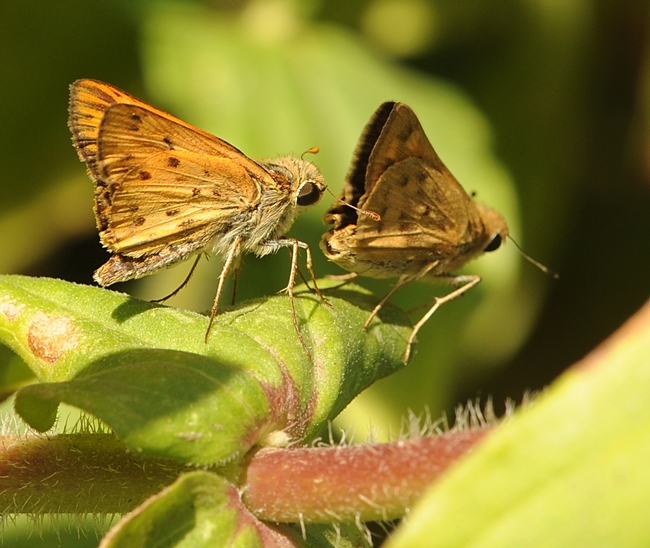
The male Fiery Skipper (Hylephila phyleus) often head-butts the female's genitalia during courtship, says noted butterfly expert Art Shapiro of UC Davis. (Photo by Kathy Keatley Garvey)
Solve economy, wildfires woes at same time
Forest restoration would be one way to improve our economy, writes researcher Tong Wu of the Center for Forestry and UC Berkeley on CNN's Global Public Square news website. He states that human interference has "made many ecosystems unnaturally susceptible to catastrophic wildfires" and that global warming will exacerbate the problem.
"In economic analyses of environmental management projects across the western United States, ecological restoration produced multiplier effects (the economic 'bang for the buck' of every dollar spent) that were higher than the estimated impacts of the 2009 government stimulus," he wrote.
Gulf Frit Making a Comeback
Yes, it's back.The Gulf Frit is definitely back.Back in September of 2009, butterfly expert Art Shapiro, professor of...
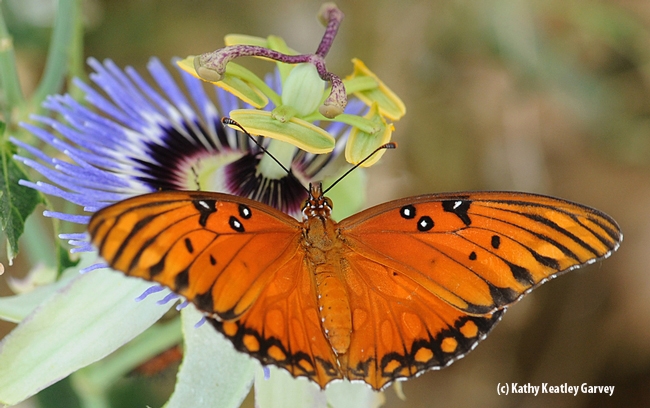
Gulf Fritillary butterfly on passion flower. (Photo by Kathy Keatley Garvey)
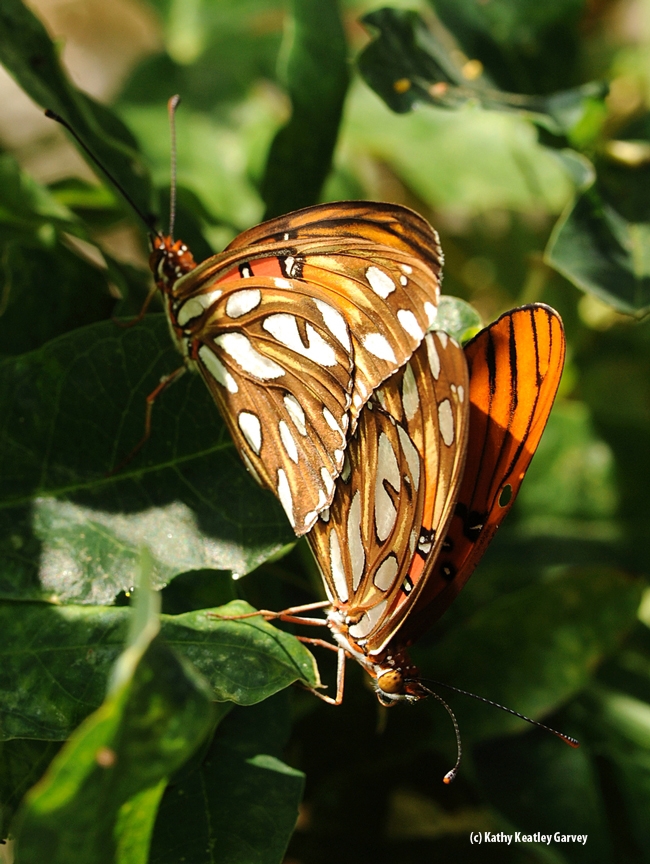
Gulf Frits breeding on passion flower vine. (Photo by Kathy Keatley Garvey)
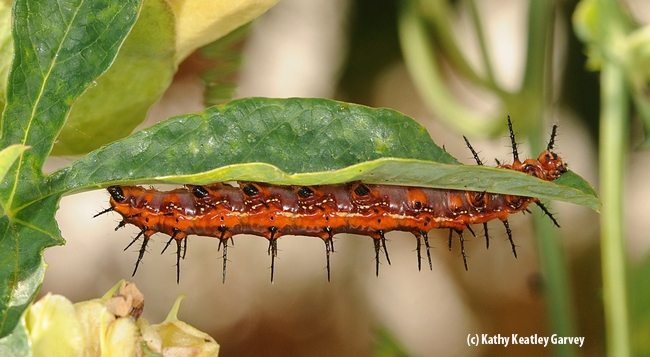
Hungry caterpillar munching passion flower leaves. (Photo by Kathy Keatley Garvey)
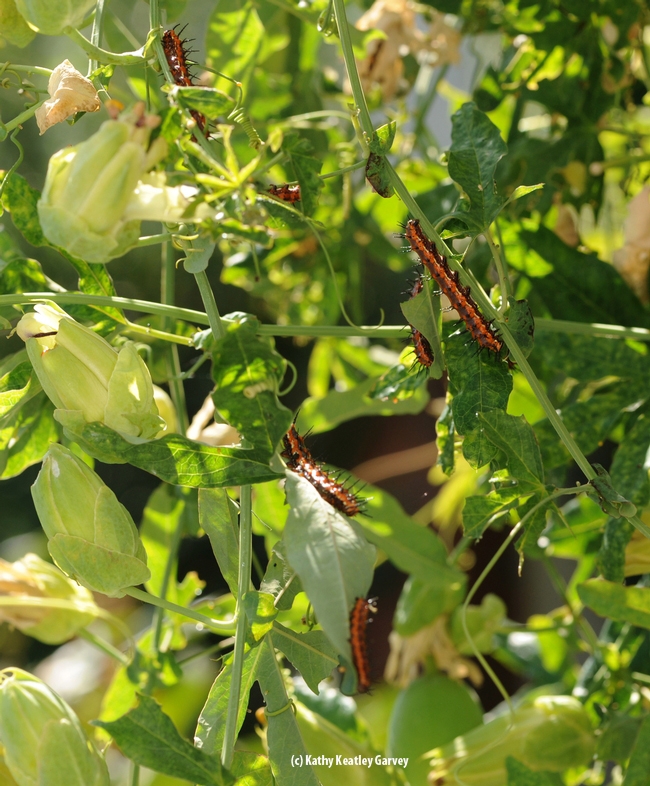
A "squadron" of caterpillars on a passion flower vine. (Photo by Kathy Keatley Garvey)
Entomologists profiled in LA Times
Reporter Amina Khan with the LA Times profiled husband-and-wife entomologist team Christina and Mark Hoddle of UC Riverside (Mark is also a UC Cooperative Extension entomology specialist). The pair travel the world seeking parasitoids that can serve as biological control to invasive California pests and then test the results at the Center for Invasive Species Research at UC Riverside. "Bugs don't take weekends," Christina Hoddle told the reporter, "so neither do we."
Weed threatens rice-growing areas
Heather Hacking, Chico Enterprise Record
Photos and more details about the weed are also available from Luis Espino on the UC Rice Blog.
Autumn is for Apples: An Interview With Carol Fall
Jennifer Jewell, aNewsCafe.com
As apple season approaches, this article examines the Trinity Heritage Orchard Project through an interview of Carol Fall, program representative for UC Cooperative Extension Trinity County. The project has identified and mapped century-old apple trees from Gold Rush-era homesteads that are now on public lands and available for gleaning. Fall also evaluates how fruits of these heirloom varieties are best picked and used—whether for baking, cider-making, eating fresh or storing for winter months—and takes cuttings from the most significant varieties to plant elsewhere in the community. The article says Fall will provide apple samples Oct. 8 at Weaverville's annual Salmon Festival.
Pro Bee, All the Way
The folks who devote their entire lives to honey bees--how do they begin? Well, if you're Eric Mussen, Extension...
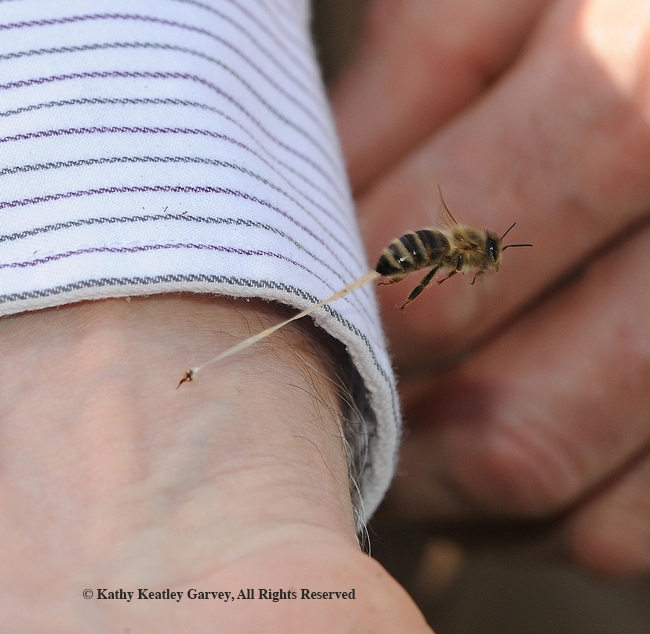
Honey bee stinging Eric Mussen; note the abdominal tissue as she's pulling away. (Photo by Kathy Keatley Garvey)
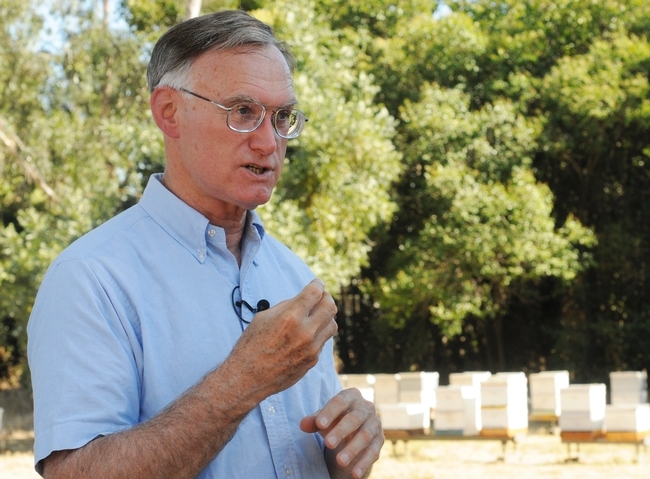
Eric Mussen speaking to visitors at the Harry H. Laidlaw Jr. Honey Bee Research Facility. (Photo by Kathy Keatley Garvey)



